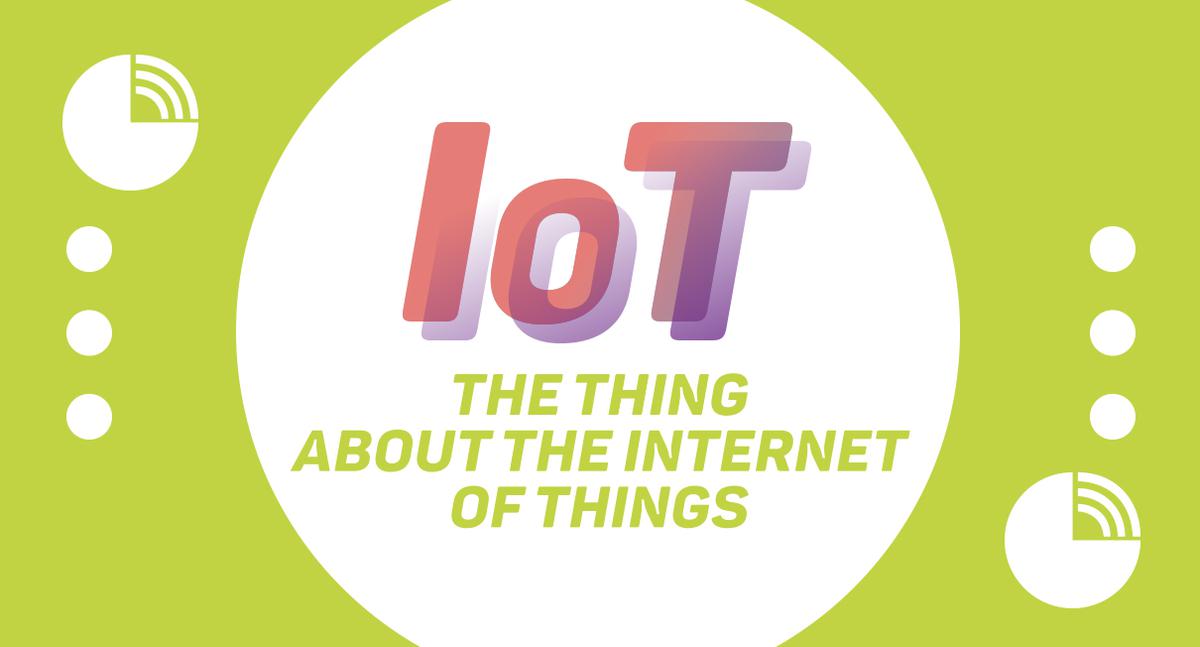The problem with getting a simple definition of the Internet of Things (IoT) and how it works is that people tend to get ahead of themselves when they explain it. But before the nuances of developments, issues and challenges, the concept of the IoT is pretty easy to understand.
What is it and how does it work?
If you haven’t been living under a rock for the past decade, chances are you have at least one device that could connect you to the Internet. And right now, it’s not just our phones, tablets and computers that are connected to the Internet anymore. Those things that you would find even under that rock like the television, the refrigerator, and the oven have been upgraded to be able to connect to the Internet.
And this is essentially what the Internet of Things is. It is a network of Internet-connected devices that can interact with each other, potentially improving efficiency and intuitiveness by adding new functionality to them.
They can either connect directly to the Internet or connect to a host device via short-range
connections like Bluetooth or NFC. They then can store data and commands locally through on-board device storage or to a cloud network. This means that the Internet of Things only works because of other modern technologies working together such as data analytics, cloud computing, AI and mixed reality to add functionality to a connected device.
Thanks to this, smart homes are now possible where several aspects of the home can now be controlled by a person remotely. You can synchronize a connected coffee maker with your smartphone alarm so that it will automatically make a pitcher of coffee when you wake up. Refrigerators can notify you if you’re out of milk or eggs, and then order groceries online with your authorization. Your fitness tracker can connect to your phone, record and analyze useful information about your physical activity, and provide you with a personalized list of
recommendations on how you can be healthier.
Industry-specific solutions
On a broader scale, industries are becoming more productive and easier to manage thanks to the
interconnectivity of devices and machines, making use of both short-range IoT and wide-area IoT to enhance day-to-day procedures.
IoT may allow remote management in industries and sectors like energy, manufacturing,
automotive, urban planning, waste management and health.
Pretty much everything will find use in the Internet of Things. For example, manufacturing businesses will become more efficient by centralizing control over their whole production line, dangerous
industrial tasks like chemical waste management can be done remotely in a safe distance, and
logistics companies can monitor their fleets of trucks, keeping an eye on everything from fuel levels to parts in need of repair.
Right now, tech companies big and small are racing to find more IoT-based solutions,
particularly in industry-focused innovations where markets haven’t been fully tapped. The only limitations to what can be done with IoT are the hardware capabilities (processing power) and internet speeds.
As 5G connections are nearing widespread public availability, the latency is low enough (just 1 to 2 ms) to make currently in-lab or on-paper technologies a real world reality. This will include autonomous vehicles and smart city innovations.
Security issues
While the benefits of the Internet of Things are truly great, the sudden jolt in the number of connected devices poses a threat to cybersecurity. As more and more things both at home and in the workplace are connected to the Internet, potential attack vectors are increasing with them. Owners of these devices and cybersecurity vendors are faced with the task of securing these potential points of breach in the system which could lead to worse attacks if left unattended.
Also published in GADGETS MAGAZINE September 2017 Issue
Words by Robby Vaflor
